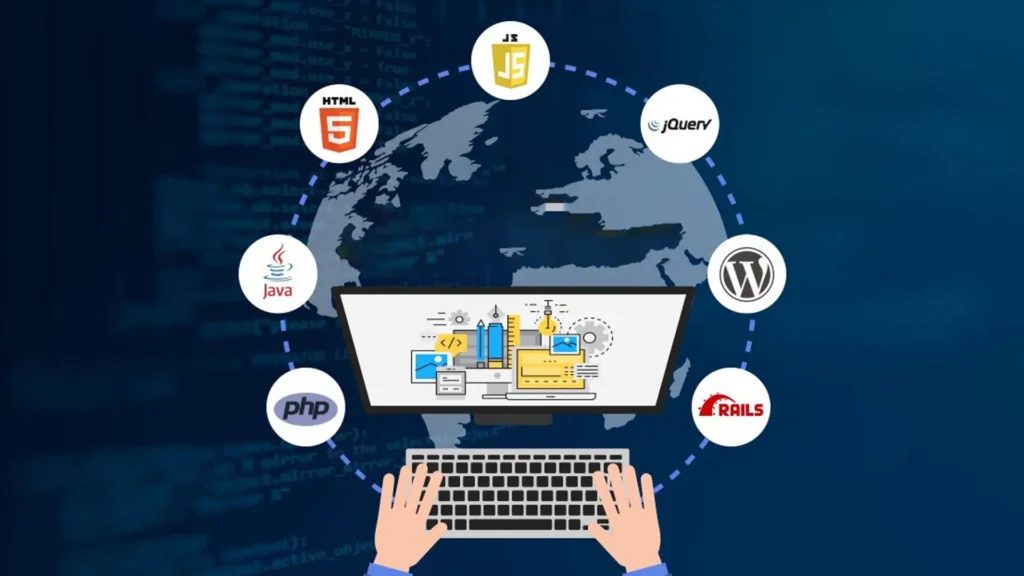As more businesses shift their operations to the cloud, securing cloud applications and ensuring data protection in the cloud have become paramount. Cloud computing’s convenience and scalability come with their own set of challenges and threats. This blog dives into the best practices and measures for securing cloud data, addressing the critical aspects of cloud application protection to ease your company’s operations.
Don't let the cloud rain on your data parade. Secure it with us.
Cloud application security refers to an assortment of measures and processes geared towards protecting cloud applications and the enclosed information against possible cyber threats. Indeed, with the significant adoption of cloud services in many organizations, it’s essential to incorporate sound cloud security measures to mitigate the risk of leakage of sensitive information, especially in compliance with set standards.
The use of data protection in the cloud environment
Data protection in the cloud is critical due to the following reasons:
Data Breaches:
Loss of money and tarnishing company image is another potential consequence of cloud data breaches.
Regulatory Compliance:
It has become mandatory for many industries to have rules and regulations for data security and privacy.
Business Continuity:
Data availability and integrity are vital to guaranteeing the continuity of business processes and the functioning of firms.
Fundamental Cloud Security Measures:
The practice of successful cloud security is quite effective in mitigating the risks of data breaches and other cyber threats. Here are some essential strategies for securing cloud data:
Robust Authentication and Access Control:
Identity and access management is one of the core strategies of cloud security that deals with who has access to the data and apps. Measures like Multi-Factor Authentication and other access controls should be followed to avoid unauthorized access.
Encryption
Data encrypted at rest and in transit cannot be deciphered even if it has been snapped or accessed without permission. Improve the quality of encryption techniques and ensure proper encryption key handling.
Security Audits and Assessments:
It refers to the formal expert examination of an organization’s Security. Ongoing security assessments and vulnerability scanning enable an organization to discover the holes in its cloud structure. Such an action plan is face-saving as it ensures that any problems are corrected before they become a problem to the organization.
Secure Configuration:
Make sure you are safeguarding your cloud applications and services to the maximum. Some causes of the problem include misconfigurations of the cloud settings that lead to hacking and data breaches. Apply configuration management to ensure security in the processing of tools and techniques that encourage proper configuration.
Continuous Monitoring and Logging
Perform continuous monitoring and logging to identify security incidents that are likely to occur in the system as they occur. This includes defining watch lists for users, special activities, and events and keeping logs that can be used for audits.
Implementing Cloud Security Solutions
With solutions like firewalls, IDS, and anti-malware tools available for use in cloud systems, it is advisable to safeguard against various cloud threats. These tools can enhance a company’s security against cyber threats.
Addressing Cloud Application Threats
Threats in cloud applications may be as simple as data leakage or insider threats, but they may also be more complex, such as cyber threats. Here are some common threats and how to defend against them:
Insider Threats:
Thus, insider threats can be handled by ensuring strong controls for clients and their employees’ access to the enterprise’s network and data, providing frequent training to clients and their employees to ensure they do not act in ways that compromise the enterprise’s security, and then closely monitoring user activities to identify peculiar behaviors.
Malware and Ransomware:
Implement anti-malware & anti-ransomware, update the applications and programs, and work with the end-users to identify phishing and other malicious endeavors.
Distributed Denial of Service (DDoS) Attacks:
Minimise DoS attacks using cloud-based services such as rate limiting, WAF, and traffic reporting services.
Deliverydevs- Your Partner in Cloud Application Security:
At Deliverydevs, we comprehend the significance of the protection of cloud applications and safeguarding data in the cloud. Protecting computer networks and data in the cloud is not a one-time process or a concern limited to a specific team; it entails a deep, end-to-end strategy that covers the scalability of your operations and their compliance with the relevant laws and regulations while making them immune or at least, resistant to cyber threats. We utilize strong authentications, encryption, monitoring, and advanced cloud security solutions to protect your valuable data and ensure the cloud infrastructure’s integrity. Leave the task of securing your cloud applications and the data they store in their hands to Deliverydevs and get back to nurturing your business.
Conclusion:
The cloud applications protection and data protection processes are based on multiple guarded steps and standards. This paper discusses ways in which threats in cloud applications improve the general security of cloud computing, general solutions to be used while cloud computing security, and general approach to be used while assessing the cloud environment. Be on the lookout to preserve your treasured data to sustain your customer’s confidence in you.





